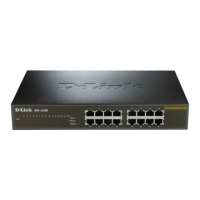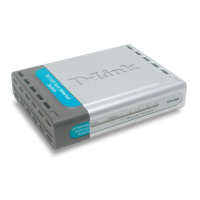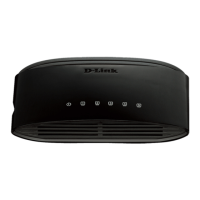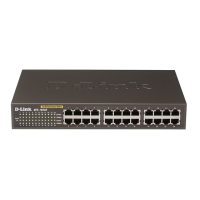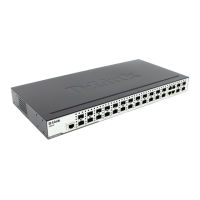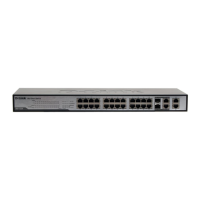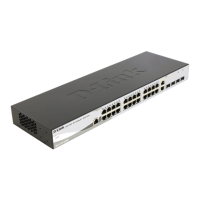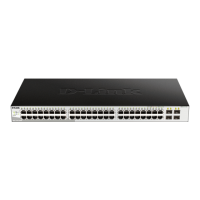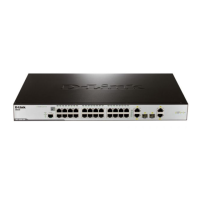10/100 Fast Ethernet Switch User’s Guide
4
Introduction
The primary utility of using VLAN is to reduce latency and need for
routers, using faster switching instead. Other VLAN utility include:
•
Virtual Workgroups
These are workgroups that have been formed for
a limited time. During this time, communication between workgroup
members will be high. A VLAN will eliminate the need of using a
router for workgroup communication, thus, increasing performance.
•
Security
Security is increased with the reduction of opportunity in
eavesdropping on a broadcast network because data will be switched to
only those confidential users within the VLAN.
•
Cost Reduction
VLANs can be used to create multiple broadcast
domains, thus eliminating the need of expensive routers.
Port-based (or port-group) VLAN
is the common method of implementing a
VLAN, and is the one supplied in the Switch. Each Switch port can belong
from one to sixteen VLAN (one to eight, if using the DES-1016 model).
Features
The Switch is designed for easy installation and high performance in an
environment where traffic on the network and the number of users increase
continuously.
The Switch is specifically designed to relieve the bottleneck between the
server and switch. The design improves performance (bandwidth) between
the workstations and server. These Switches can provide immediate access
to a rapidly growing network through a wide range of user-reliable
functions.
The Switch is ideal for deployment with multiple graphics workstations
demanding a fast flow of data from a single high-speed server. The
Switch’s trunking ability, it’s main feature, permits up to an 800 Mbps
Ethernet connection (full-duplex) using existing equipment. In full-duplex
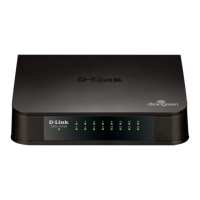
